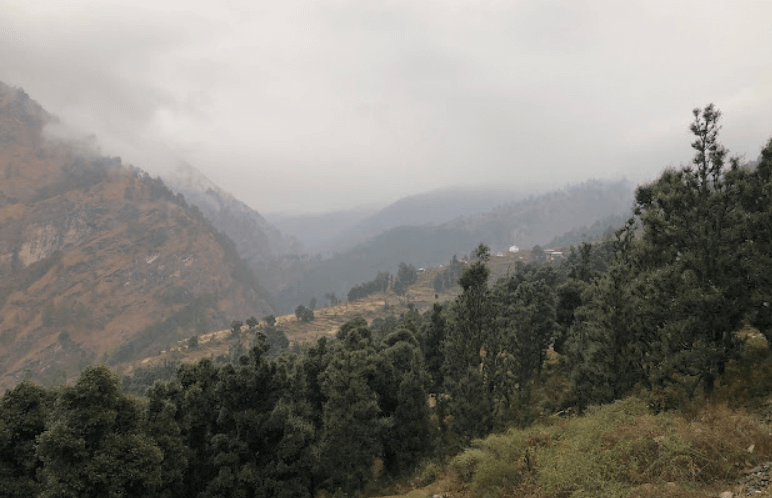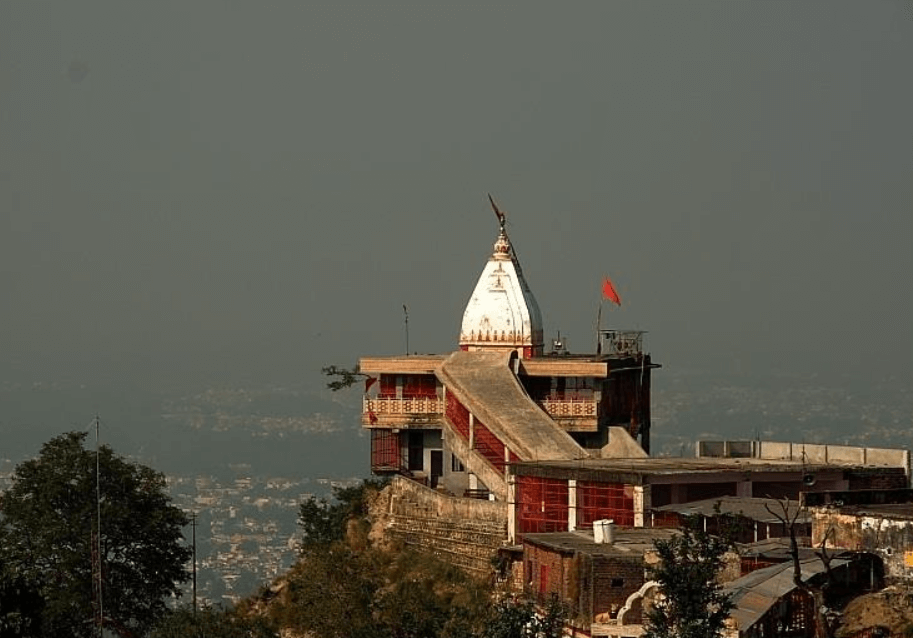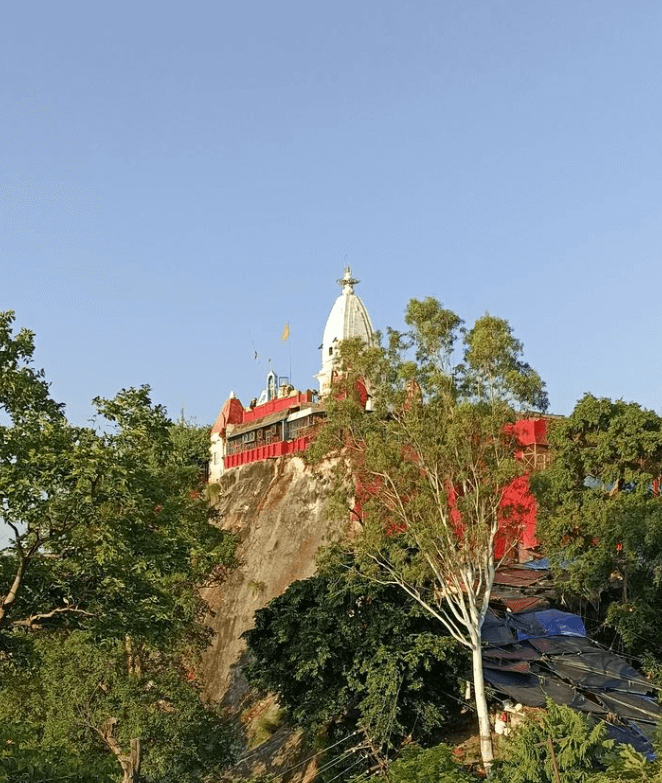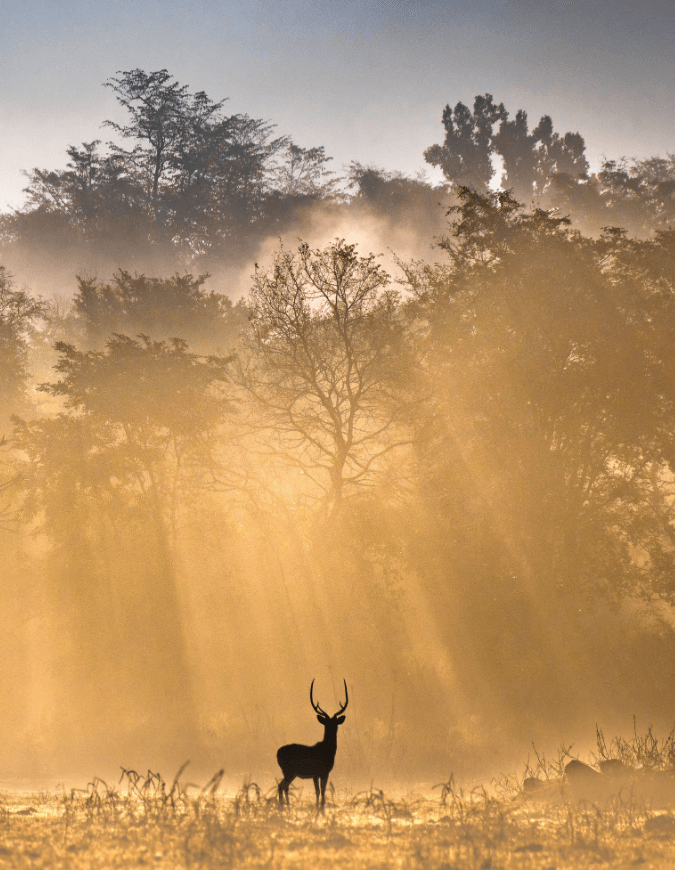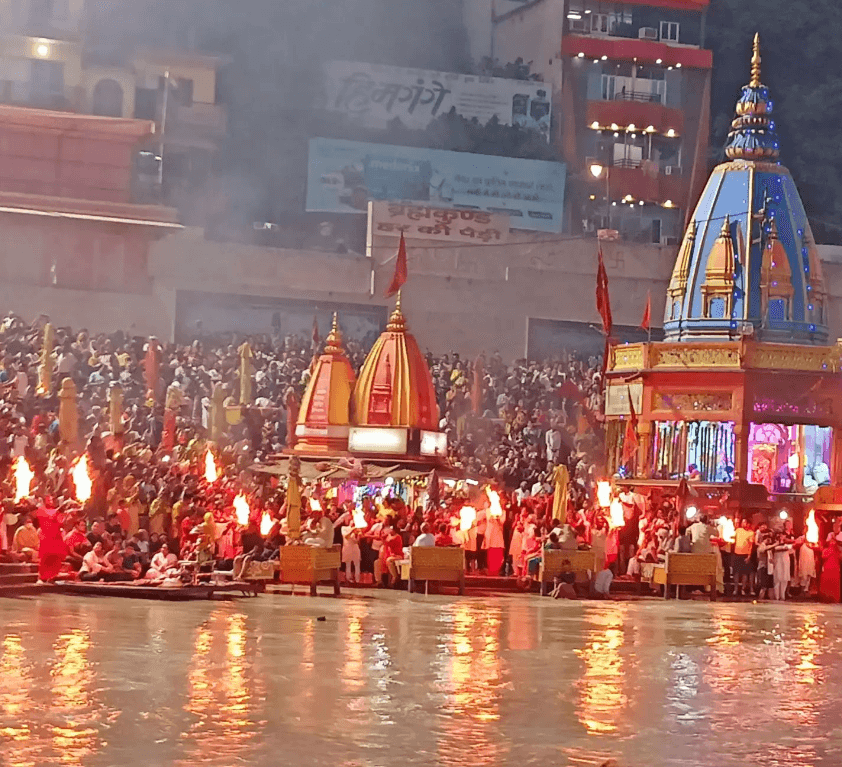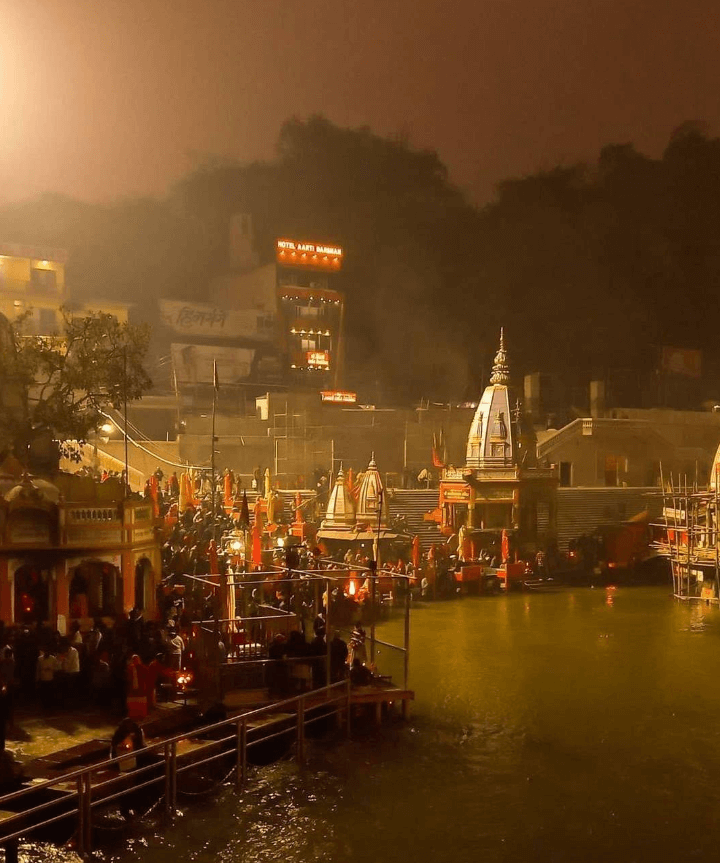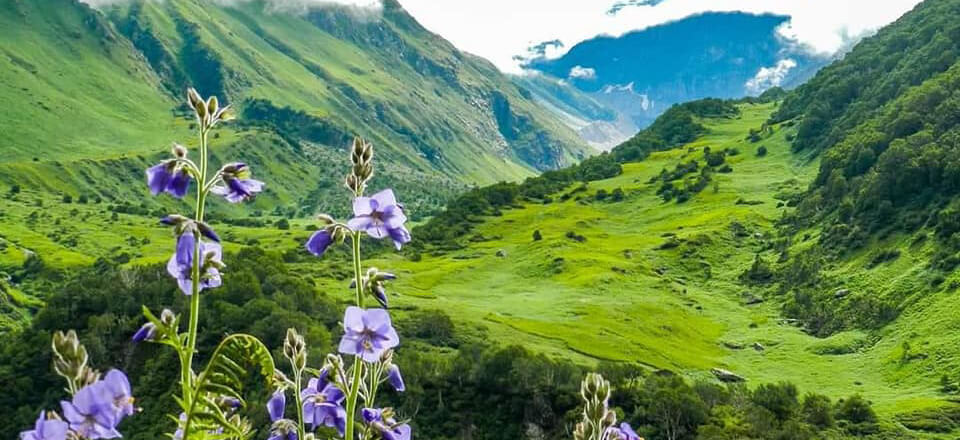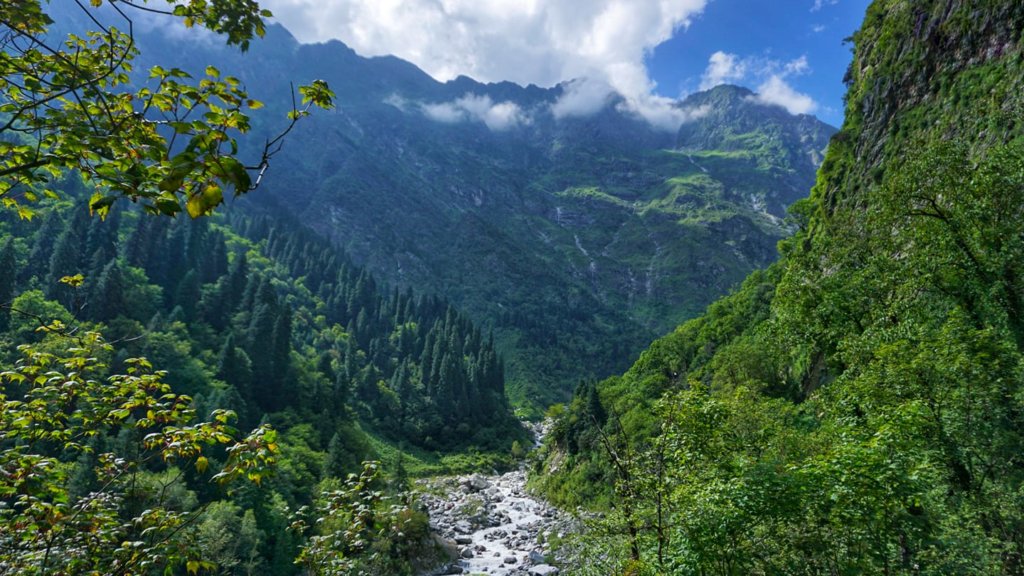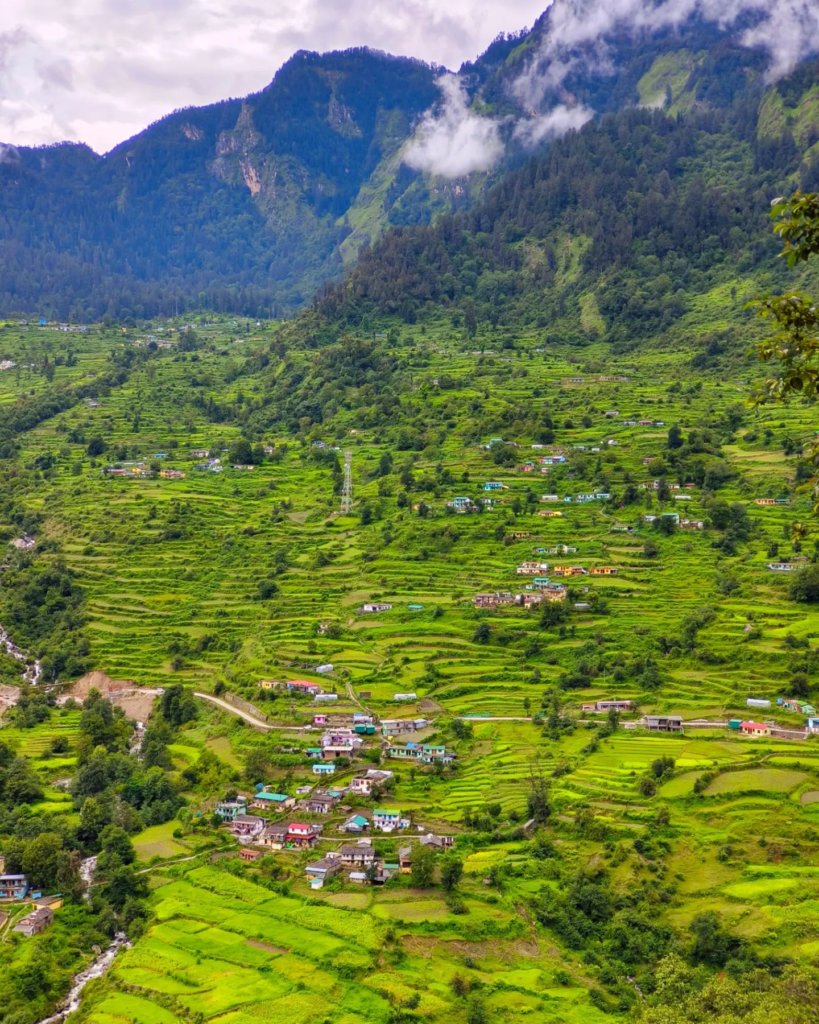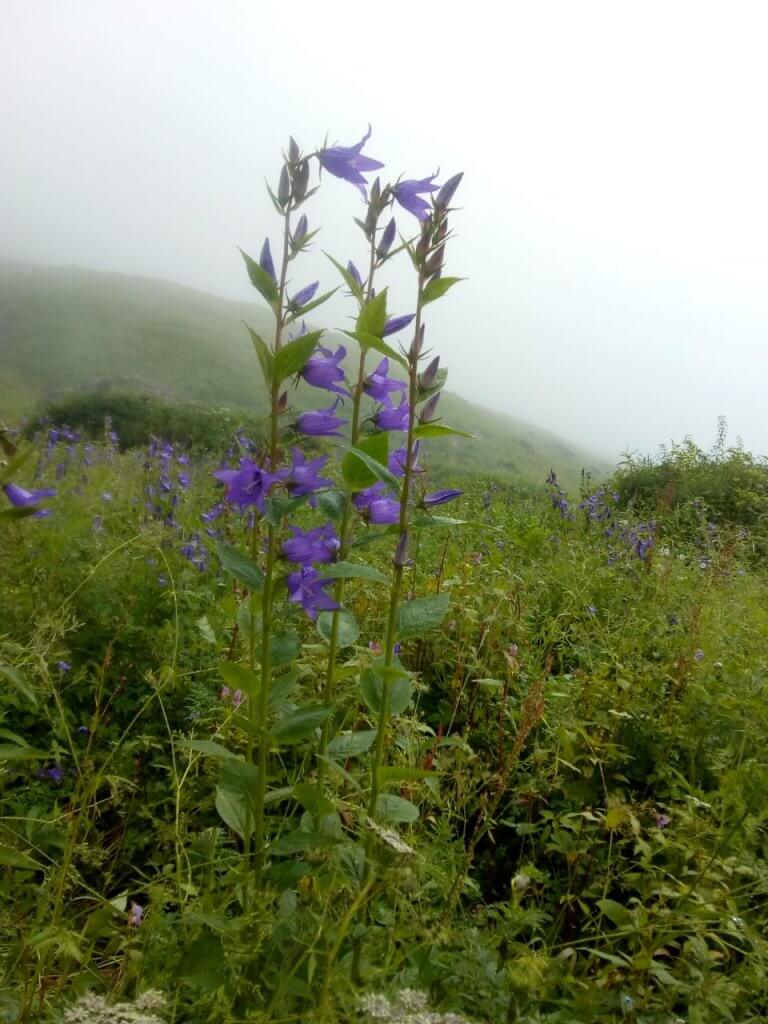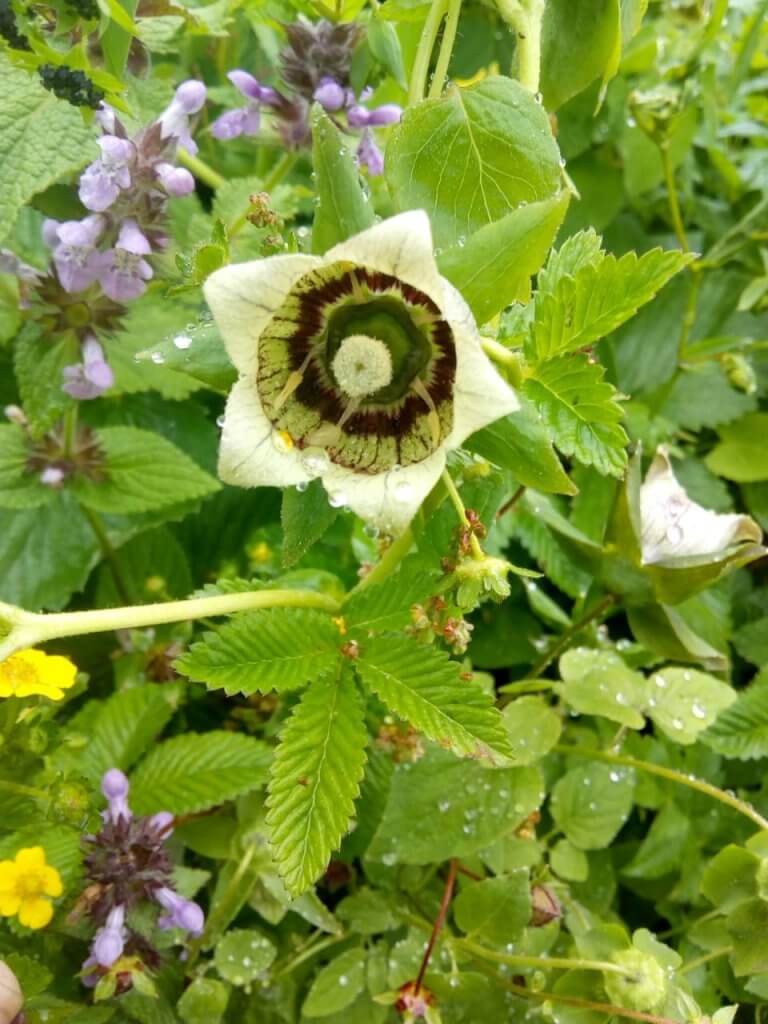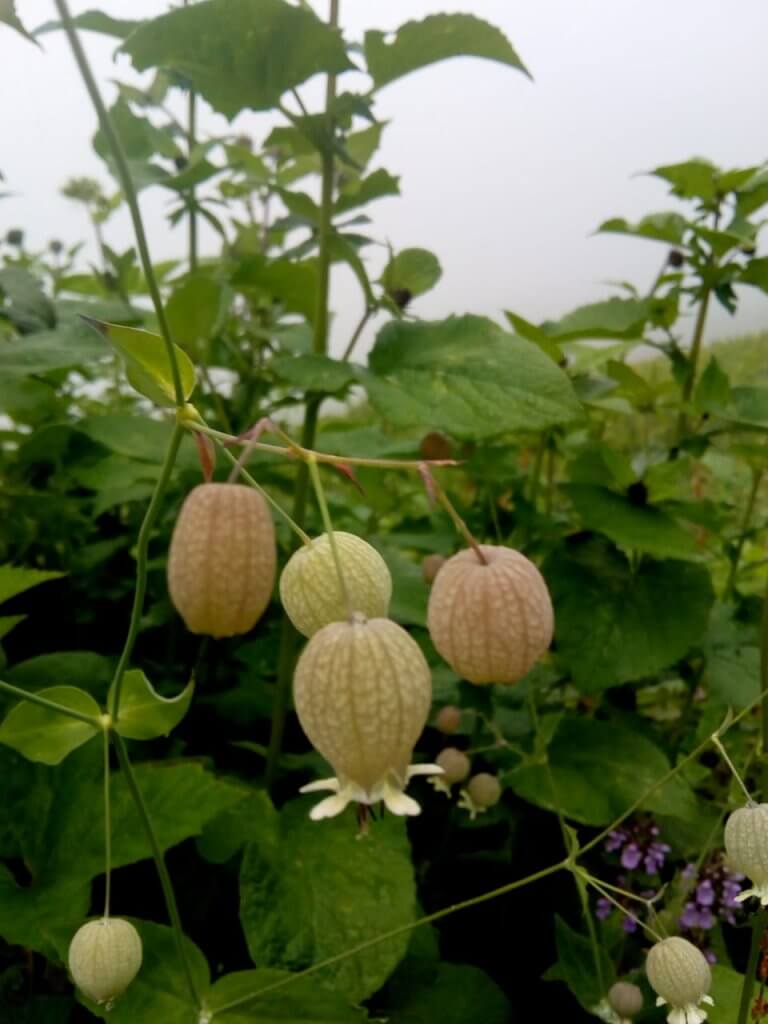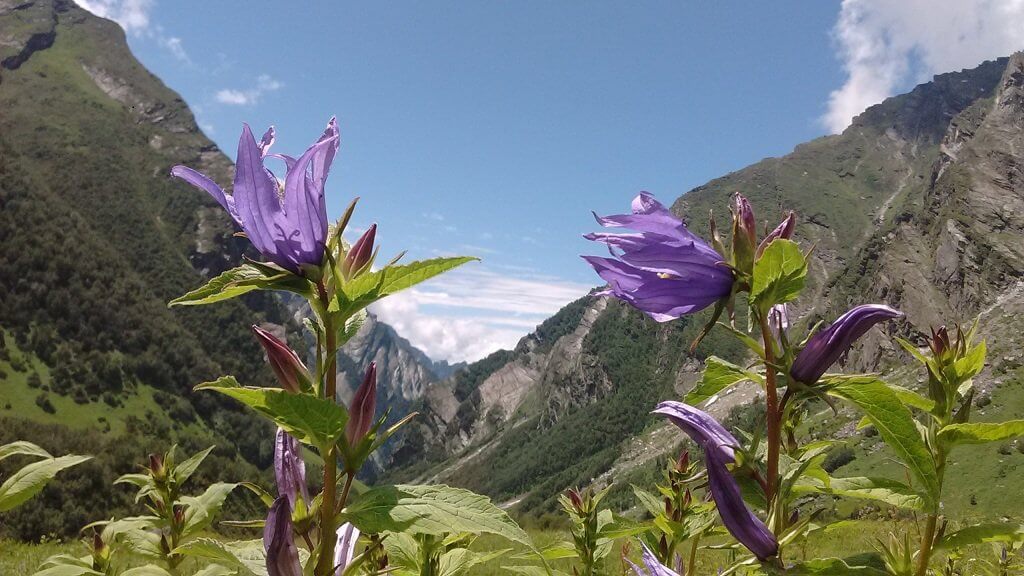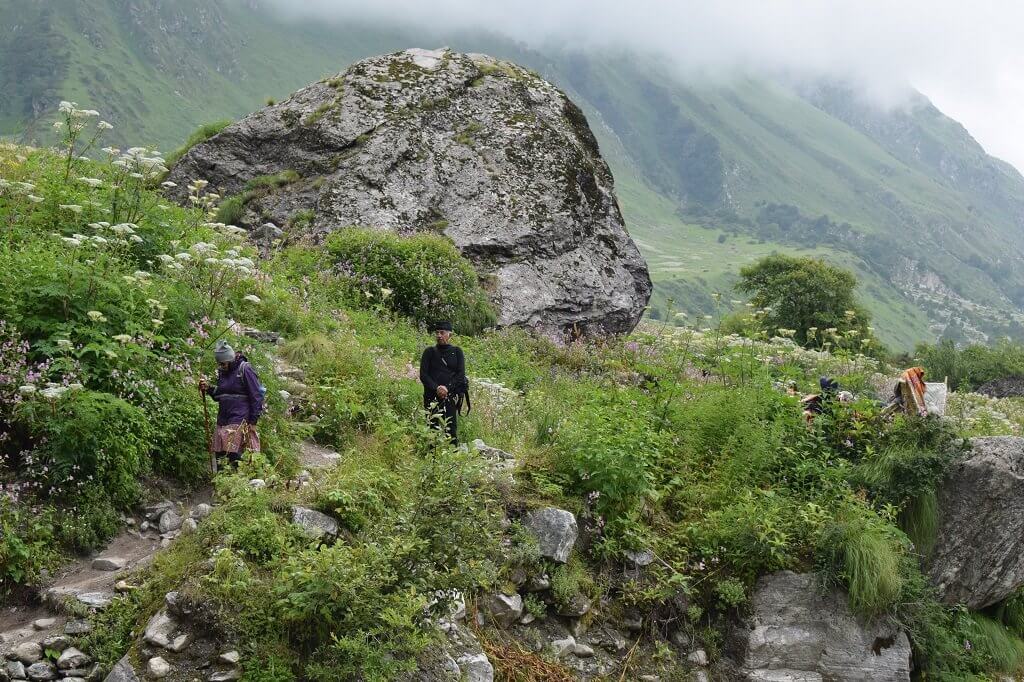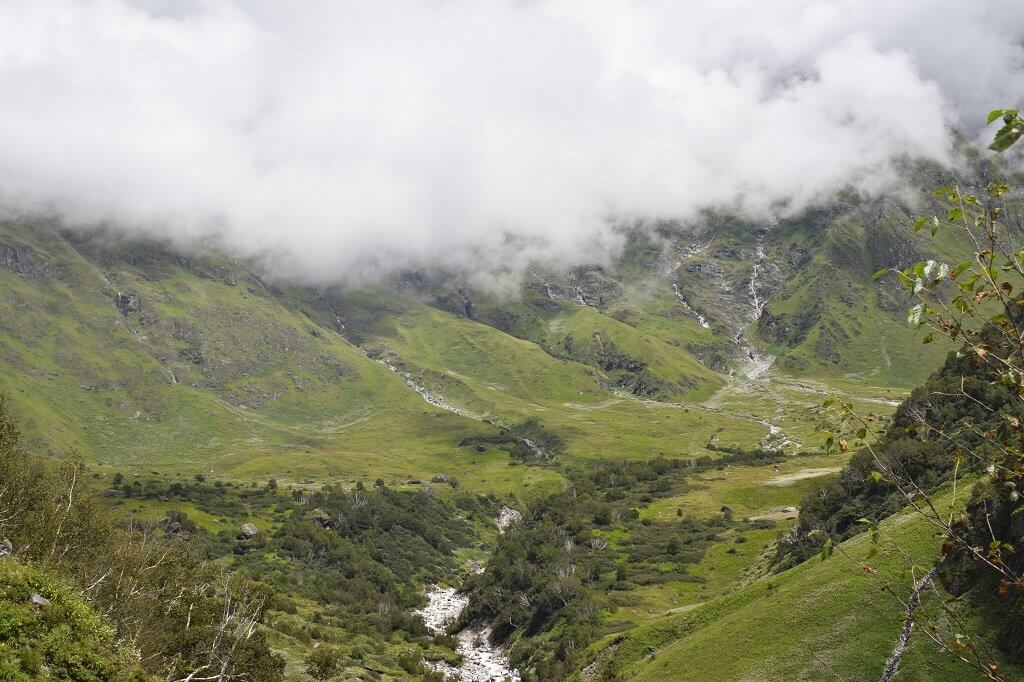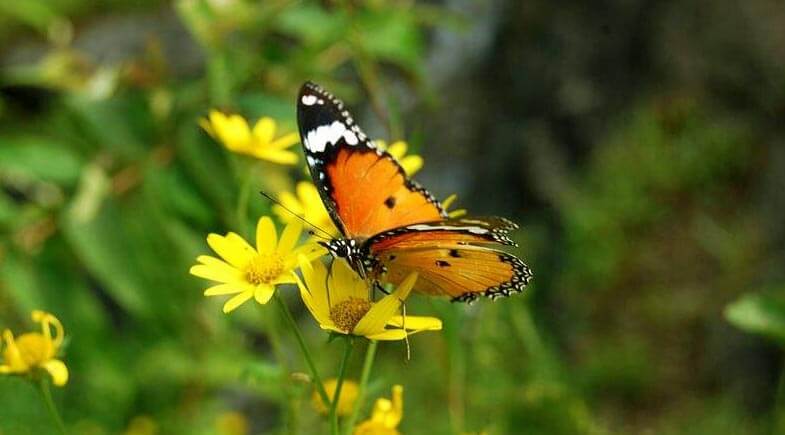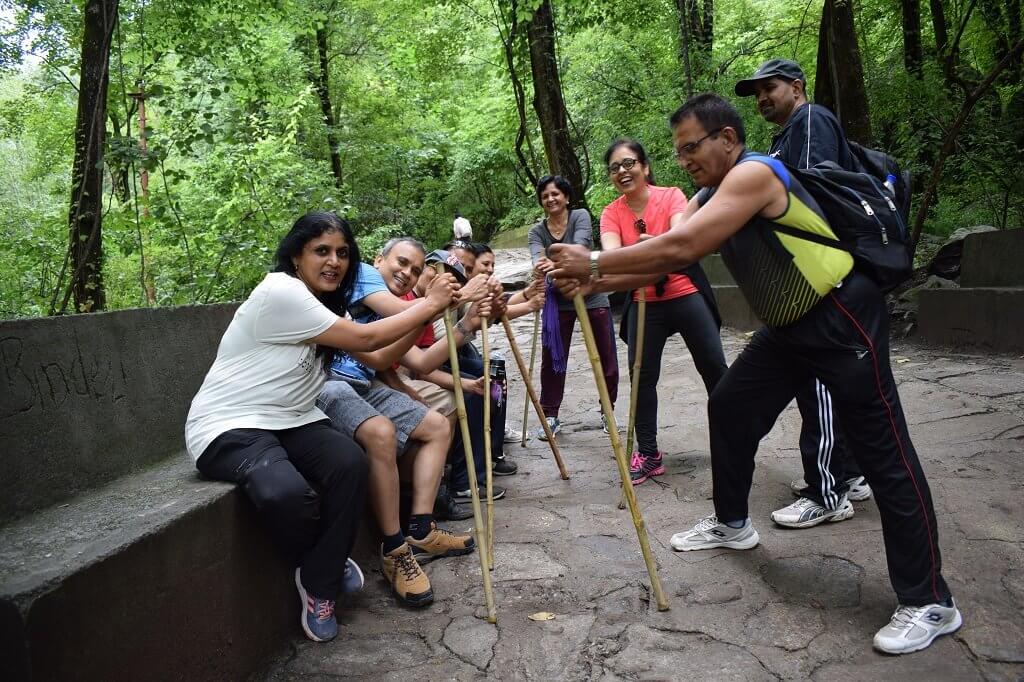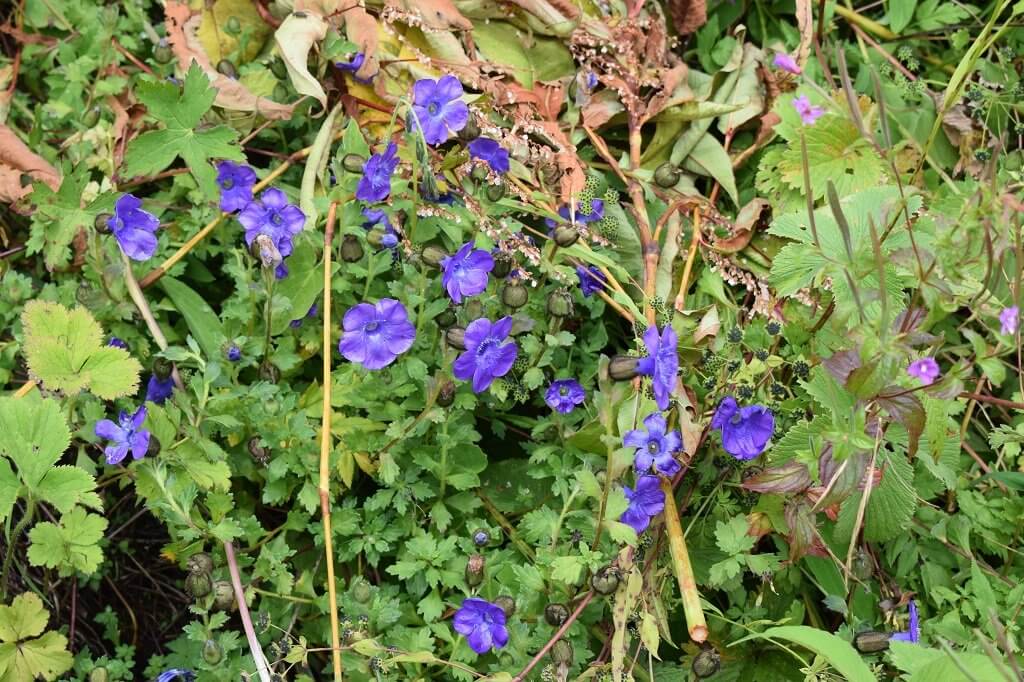Chilla is a popular destination for wildlife enthusiasts and nature lovers, offering opportunities for wildlife safaris, bird watching, and nature walks. The park also serves as an important corridor for the movement of elephants between the Himalayan foothills and the Shivalik range.
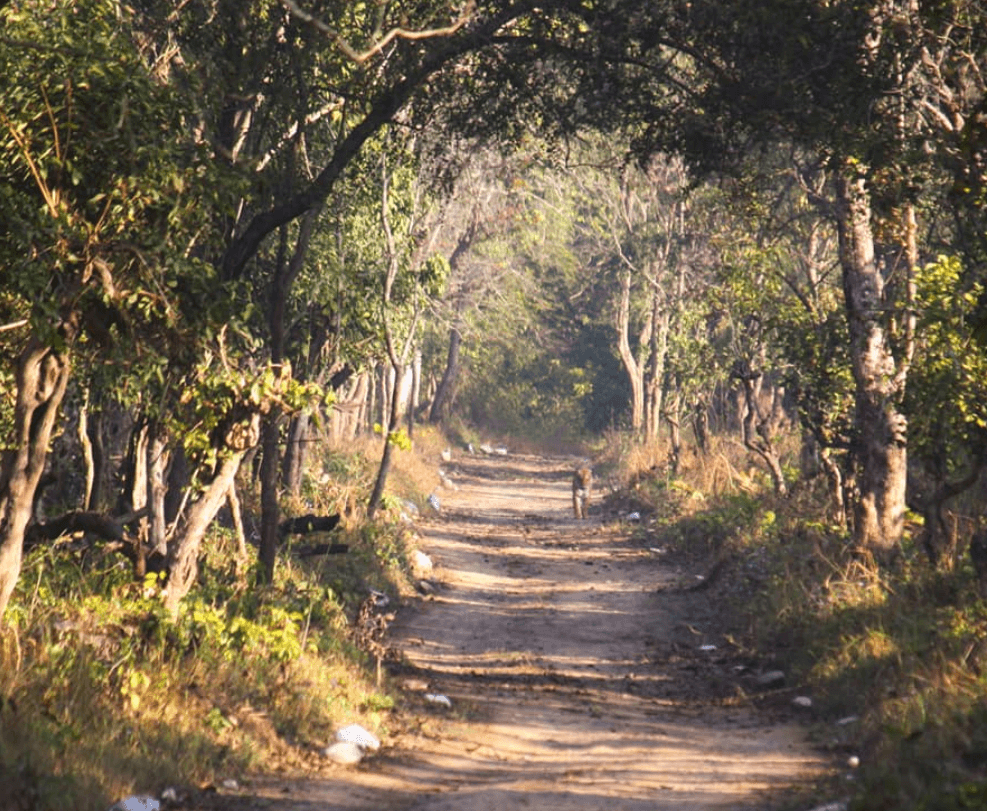
Chilla Range In Rajaji National Park
The Chilla range is one of the three ranges that make up the Rajaji National Park, the other two being Shivalik and Motichur. Chilla is particularly known for its diverse flora and fauna, including various species of plants, animals, and birds. The park is home to a rich variety of wildlife, such as elephants, tigers, leopards, deer, and numerous bird species.
Activities In Chilla Range
The Chilla Range is known for its natural beauty and offers various activities for nature enthusiasts and adventure seekers. Here are some activities that one might enjoy in the Chilla Range:
Wildlife Safari in Rajaji National Park: The Chilla Range is home to Rajaji National Park, known for its diverse flora and fauna. Visitors can take wildlife safaris to explore the park and spot animals such as elephants, tigers, leopards, and numerous bird species.
Trekking and Hiking: The Chilla Range has numerous trekking trails that lead through lush green forests and offer breathtaking views of the surrounding landscapes. Treks like the Chilla Range Trek may provide an adventurous experience.
Bird Watching: The region is rich in birdlife, and bird watching is a popular activity. Bird enthusiasts can spot a variety of avian species in the forests and near the rivers.
Camping: There are camping sites in and around the Chilla Range, allowing visitors to experience the tranquility of nature. Camping is an excellent way to connect with the surroundings and enjoy the night sky.
River Rafting: The Ganges River flows through this region, and adventure enthusiasts can engage in river rafting activities. The rapids offer a thrilling experience for those seeking an adrenaline rush.
Nature Walks and Photography: The Chilla Range is blessed with scenic landscapes, dense forests, and vibrant wildlife. Nature walks provide an opportunity to explore the surroundings at a leisurely pace, and photographers can capture the beauty of the region.
Near Place to Vist
How To Reach Sankri
Sankri is a picturesque village located in the Uttarkashi district of the Indian state of Uttarakhand. It serves as a…
Chandi Devi Temple
Chandi Devi Temple is a Hindu temple dedicated to Goddess Chandi, located on the Neel Parvat in the holy city…
Mansa Devi Temple
The Mansa Devi Temple is a Hindu temple located in the holy city of Haridwar in the Indian state of…
RajaJi National Park
Rajaji National Park is a national park located in the Indian state of Uttarakhand, near the town of Haridwar. The…
Har Ki Pauri
Har Ki Pauri is a famous ghat (steps leading to a river) on the banks of the Ganges River in…
Haridwar Ganga Arti
The Ganga Aarti in Haridwar is a daily ritual that takes place on the banks of the Ganges River in…
How To Reach Chilla Range
By Road
Chilla is well-connected by road, and you can reach there by bus, taxi, or private vehicle. Haridwar is a major hub, and you can find regular buses or hire a taxi from there to reach Chilla. The journey by road offers picturesque views of the region.
By Train
The nearest railway station to Chilla is Haridwar Junction, which is around 9 kilometers away.From the railway station, you can hire a taxi or use local transport to reach Chilla.
By Air
The nearest airport to Chilla is Jolly Grant Airport in Dehradun, which is approximately 35 kilometers away.

